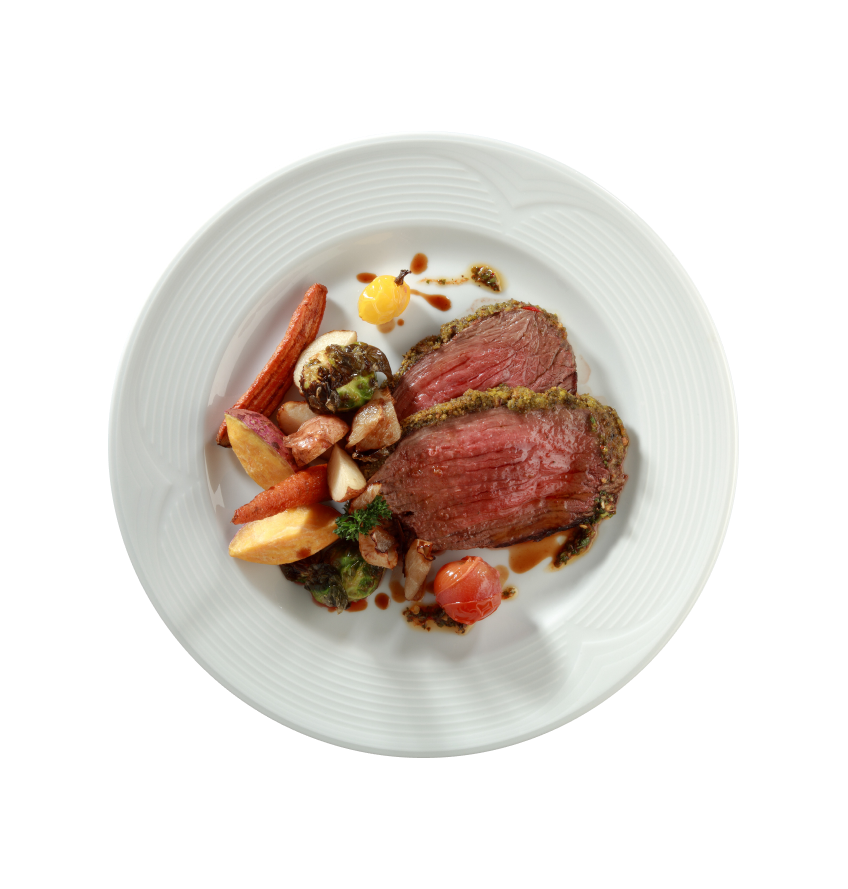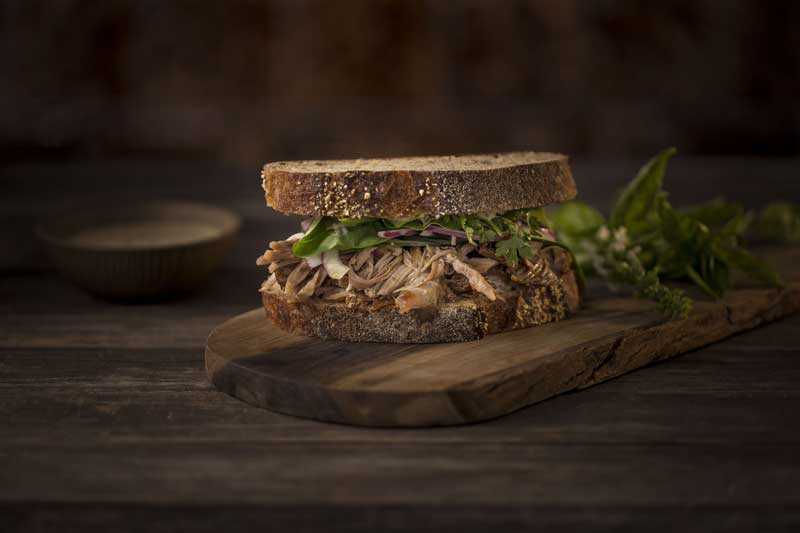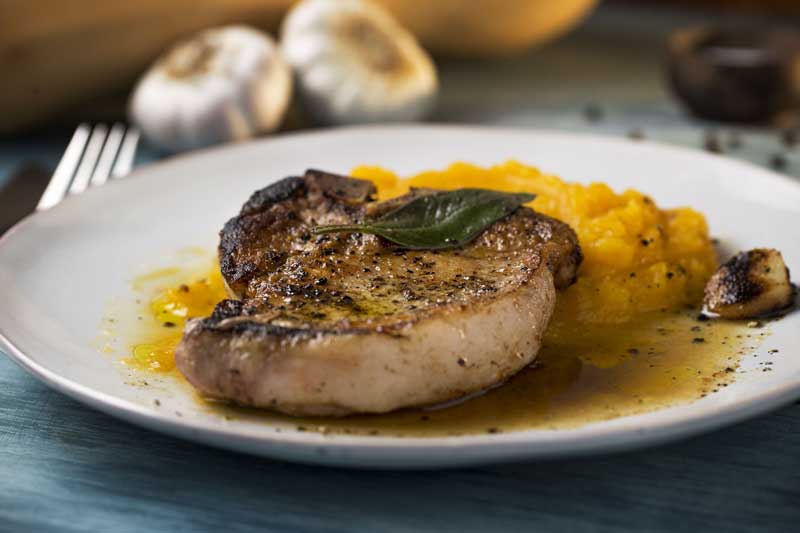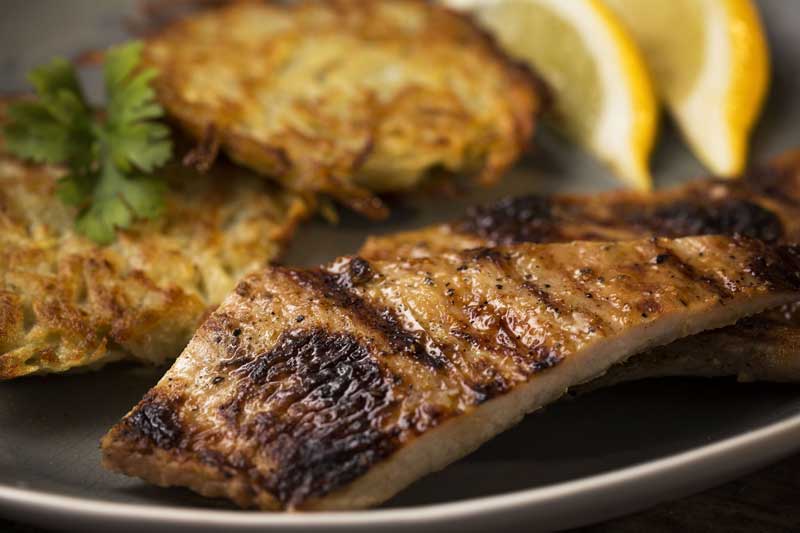Nutritional values of pork cuts
Like other meats, pork quality is defined by two key attributes: nutritional quality, i.e. its chemical composition, and sensory quality, i.e. attributes like texture, flavor, and color, among others. The nutritional quality of pork is equivalent to that of other meats. Its protein content ranges from 18 to 20 g per 100 g of meat, this variation being due to the species, age and the part of the carcass.
Pork biological value is excellent, as it provides all the essential amino acids our bodies need.
The content of fat varies depending on the species, breed, sex, age, type of cut and the animal’s diet. It is interesting to note that as 70% of pork fat is under the skin (subcutaneous), it can be easily removed. In terms of its composition, it is claimed to have a higher proportion of monounsaturated fatty acids than other meats, which renders it softer than fats from other land animals.
The amount of cholesterol in pork is similar to that of other meats, ranging from 50 to 80 mg per 100 grams. It has a high content of minerals such as iron, phosphorus and zinc, all of them easily absorbed and linked to the growth and development of the human body. The content of B vitamins (B1, B2, B12) and niacin is as high as that of other meats.
From the sensory point of view, this meat is characterized by a pale pink to pink color when raw and light gray when cooked. Currently, the consumer can find fresh and vacuum-packed cuts (bondiola, matambrito, ribs, roast, carré) both in butcher shops and supermarkets. Their price, similar to that of other meats, makes it affordable, and people are encouraged to prepare it in different ways (Food Dept., School of Nutrition and Dietetics, University of the Republic, Manual of Alternative Meats, INAC 2008).




